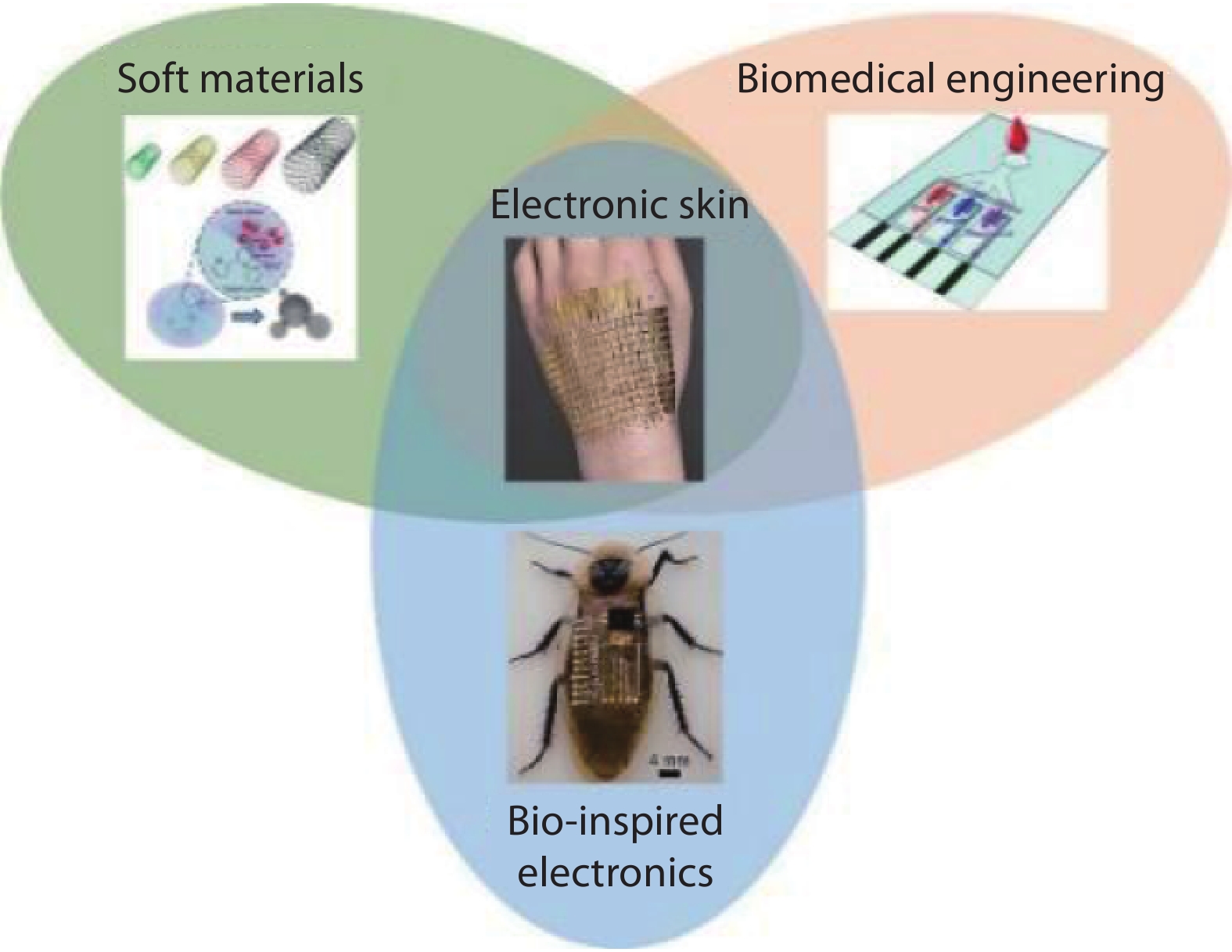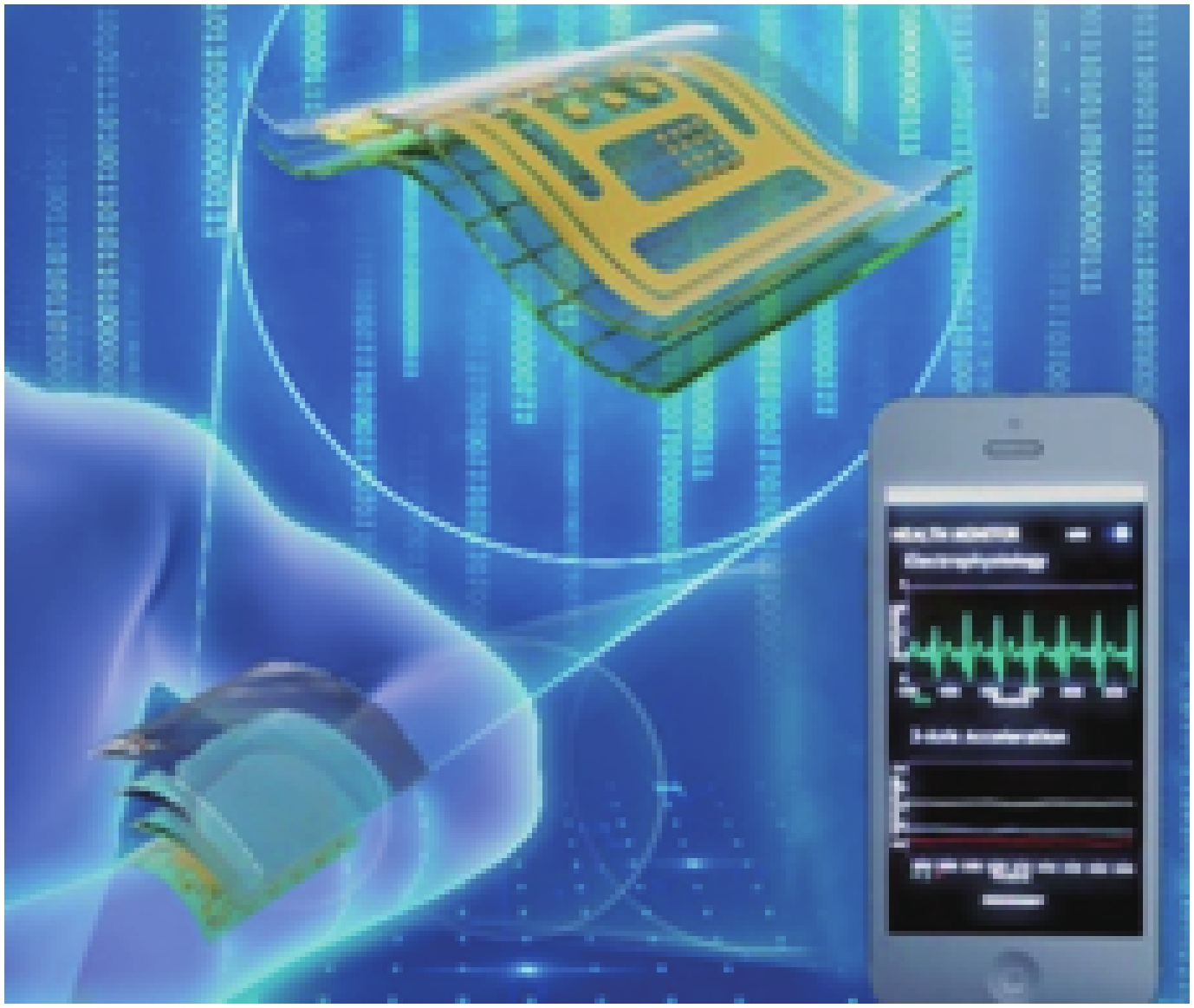| Citation: |
Quan Yuan, Zhong Ma, Sheng Li, Lijia Pan. Healthcare electronic skin devices[J]. Journal of Semiconductors, 2019, 40(3): 030401. doi: 10.1088/1674-4926/40/3/030401
****
Q Yuan, Z Ma, S Li, L J Pan, Healthcare electronic skin devices[J]. J. Semicond., 2019, 40(3): 030401. doi: 10.1088/1674-4926/40/3/030401.
|
-
References
[1] Wang S, Xu J, Wang W, et al. Skin electronics from scalable fabrication of an intrinsically stretchable transistor array. Nature, 2018, 555, 83 doi: 10.1038/nature25494[2] Lee S, Reuveny A, Reeder J, et al. A transparent bending-insensitive pressure sensor. Nat Nanotechnol, 2016, 11, 472 doi: 10.1038/nnano.2015.324[3] Tee B C K, Chortos A, Berndt A, et al. A skin-inspired organic digital mechanoreceptor. Science, 2015, 350, 313 doi: 10.1126/science.aaa9306[4] Kim Y, Chortos A, Xu W, et al. A bioinspired flexible organic artificial afferent nerve. Science, 2018, 360, 998 doi: 10.1126/science.aao0098[5] Cheng W, Wang J, Ma Z, et al. Flexible pressure sensor with high sensitivity and low hysteresis based on a hierarchically microstructured electrode. IEEE Electron Device Lett, 2018, 39, 288 doi: 10.1109/LED.2017.2784538[6] Boutry C M, Beker L, Kaizawa Y, et al. Biodegradable and flexible arterial-pulse sensor for the wireless monitoring of blood flow. Nat Biomed Eng, 2019, 3, 47 doi: 10.1038/s41551-018-0336-5 -
Proportional views






 DownLoad:
DownLoad:















